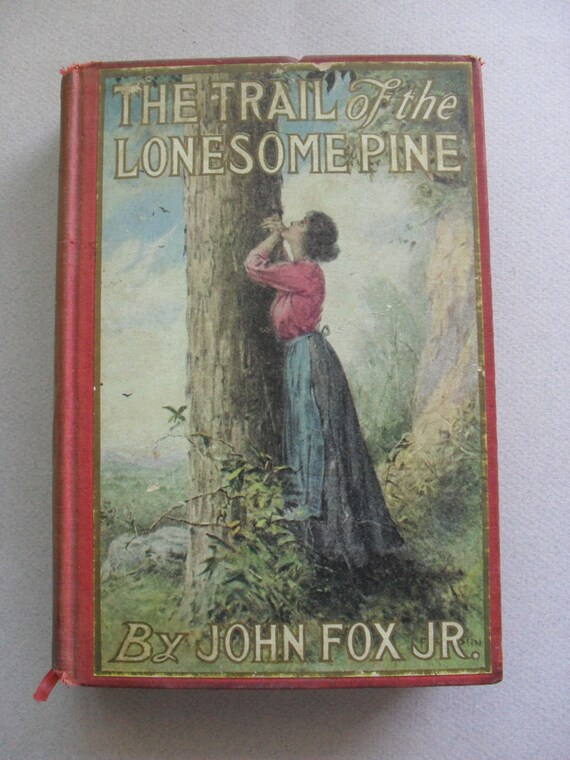


Like "Becky," it is none too generously endowed with story values. Published in 1908 and twice before used as a basis for a film - once with Charlotte Walker and once with Mary Miles Minter-it tells of the feud between the Tollivers and the Falins of Kentucky, of John Hale, the young "furriner" who comes into the mountains to build a railroad, and of June Tolliver, the untamed young savage who sheds her newly acquired coat of civilization when the Falins kill chubby little Buddy Tolliver during their guerrilla warfare against Hale and his railroad crew.Unlike "Becky," this is no turgid, drawing room drama with a superabundance of dialogue and a minimum of action.

These are remediable defects, we feel, and ones that Hollywood's skill will overcome.Of the story, John Fox Jr.'s well-known novel speaks for itself. Again speaking of the color, it would appear that blue still baffles the camera, that light browns have a tendency to run to green, that red is either extremely red or hopelessly orange. The eye, accustomed to the shadings of black and white, has less difficulty meeting the demands of the new element the color is not a distraction, but an attraction-as valuable and little more obtrusive than the musical score.Lest this be interpreted as a completely eulogistic bulletin, let it be known that the Paramount's new film is far from perfect, either as a photoplay or as an instrument for the use of the new three-component Technicolor process. It may not be natural color, but, at least, it is used more naturally. In place of the vivid reds and scarlets, the brilliant purples and dazzling greens and yellows of "Becky," it employs sober browns and blacks and deep greens. It accepts the spectrum as a complementary attribute of the picture, not its raison d'être. Paradoxically, it improves the case for color by lessening its importance.
#The trail of the lonesome pine series
It sought to imprison the rainbow in a series of carefully planned canvases that were radiantly startling, visually magnificent, attuned carefully to the mood of the picture and to the changing tempo of its action.The new picture attempts none of this. "Becky Sharp" employed color as a stylistic accentuation of dramatic effect. It means that we can doubt no longer the inevitability of the color film or scoff at those who believe that black-and-white photography is tottering on the brink of that limbo of forgotten things which already has swallowed the silent picture.Chromatically, "Trail of the Lonesome Pine" is far less impressive than its pioneer in the field. It means that color need not shackle the cinema, but may give it fuller expression. Color has traveled far since first it exploded on the screen last June in "Becky Sharp." Demonstrating increased mastery of the new element, Walter Wanger's producing unit proves in "The Trail of the Lonesome Pine," which opened yesterday at the Paramount, that Technicolor is not restricted to a studio's stages, but can record quite handsomely the rich, natural coloring of the outside world and whatever dramatic action may be encountered in it.The significance of this achievement is not to be minimized.


 0 kommentar(er)
0 kommentar(er)
